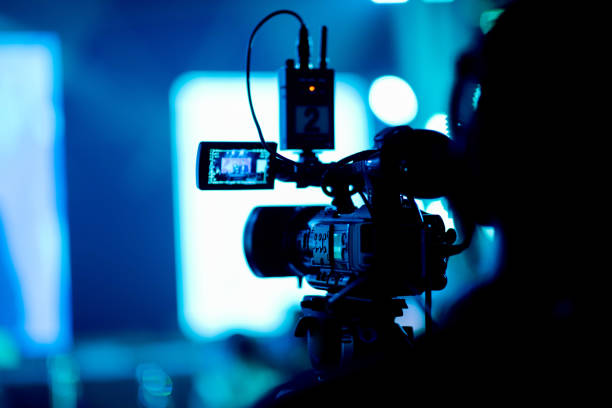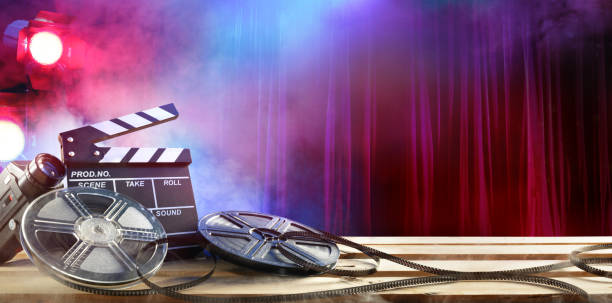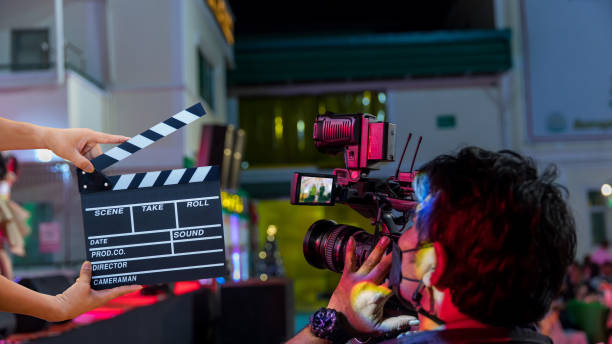In this constantly changing cinematic landscape, the emergence of smartphone filmmaking has been an inevitable reality. What was merely an experiment of a hobbyist has become a legitimate medium of indie filmmakers and even professional filmmakers. Indeed, smartphone-produced projects are becoming more visible at film festivals across the globe. It turns out that smartphone narrative is bigger than budget.
Essential Gear for Indie Creators
Smartphones are already good in themselves, but with a handful of accessories, you can bring your movie to the level of a film festival:
Stabilizers & Gimbals
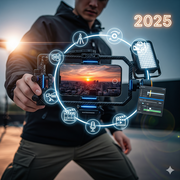 No costly rigs required to smooth tracking shots.
No costly rigs required to smooth tracking shots.
Clip-on Microphones
Crystal clear dialogue that does not sound like a tic-tac.
Portable Lighting Kits
Inexpensive LED lights (or even ring lights) to make scenes look professional.
Lens Attachments
Wide-angle or anamorphic lenses which can broaden your creative horizons.
The Rise of Mobile Editing Apps
There are no more days of loading the footage to a desktop only to edit. Mobile apps such as LumaFusion, CapCut Pro, and DaVinci Resolve can now be used to create finished films on your phone. They have editing features like built-in color grading, sound galleries, and multi-track editing.
Getting Festival-Ready
There are also film festivals like Mobile Motion Film Festival and Cinephone that are entirely devoted to smartphone filmmaking. Short films shot on iPhones have been shown even at such big festivals as Sundance.
End Notes
Filmmaking using smartphones is possible nowadays and already considered as a legitimate form of art. There is no limit in 2025, only your imagination. You only need a phone as your camera whether you are entering your short to film festivals or reporting on events as a mobile reporter.

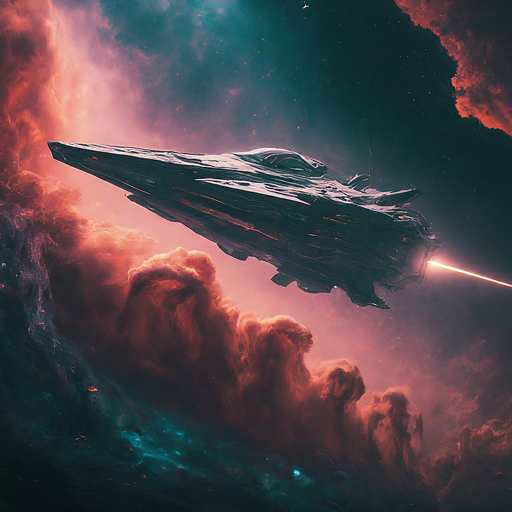 Spaceship and space station design and illumination define their identity and function. Cinematographers showcase these structures’ complex intricacies with shadows and reflections.
Spaceship and space station design and illumination define their identity and function. Cinematographers showcase these structures’ complex intricacies with shadows and reflections.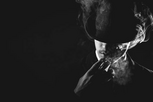 Silent films peaked in the 1920s. Paramount Pictures and Metro-Goldwyn-Mayer thrived with pioneering visual effects and big historical films. Rudolph Valentino and Clara Bow were world-famous actors with legendary characteristics.
Silent films peaked in the 1920s. Paramount Pictures and Metro-Goldwyn-Mayer thrived with pioneering visual effects and big historical films. Rudolph Valentino and Clara Bow were world-famous actors with legendary characteristics. Ultimately, the director and the cinematographer complement each other perfectly. The director’s vision is brought to life through the cinematographer’s skillful translation into breathtaking visuals. Through their remarkable collaboration, they create a mesmerizing cinematic experience that deeply resonates with the audience.
Ultimately, the director and the cinematographer complement each other perfectly. The director’s vision is brought to life through the cinematographer’s skillful translation into breathtaking visuals. Through their remarkable collaboration, they create a mesmerizing cinematic experience that deeply resonates with the audience.